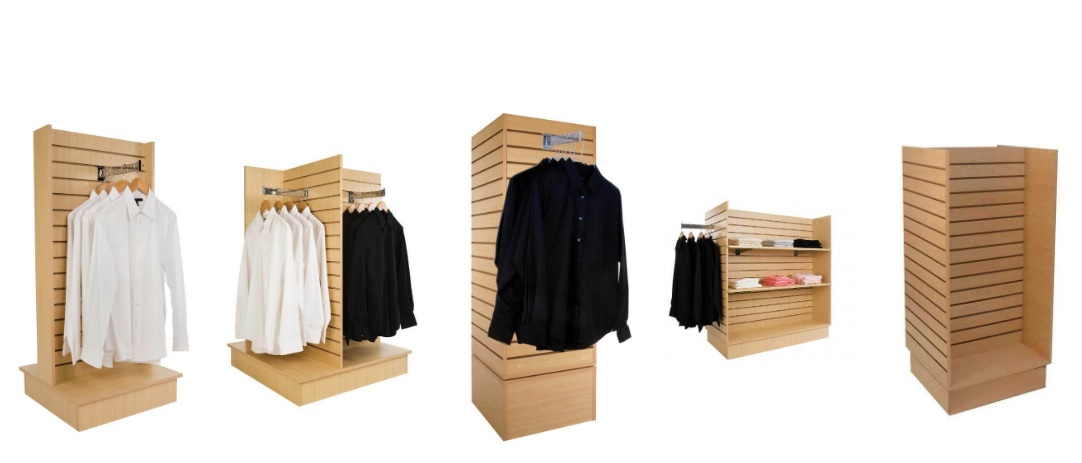Organized Chaos: 5 Steps to Decluttering a Small Retail Store

Retail stores need to create a welcoming environment for customers and employees alike. If a potential customer feels overwhelmed by the crowded, disorganized mess that greets him or her upon walking through the door, the chances are that potential customer is just going to walk right back out. Plus, employees won’t be able to work efficiently if they have to spend time looking through piles of inventory every time they want to find an item. Read on to find out how to get started.
Plan Ahead
Make a list of all the projects that need to be tackled, and purchase everything needed to get the job done right in advance. That might mean buying slatwall systems to organize merchandise currently tossed in a bunch of bins against a wall, or it might mean purchasing new computer software to digitize documents and get them out of the way. Either way, most decluttering projects require innovative storage solutions, so have a plan in place and buy everything needed to implement it before getting started.
Get Creative With Storage
When it comes to inventory, it’s best to designate a storage area not available to customers and place only a few items on the display floor to prevent everything from becoming a cluttered mess every day. Use vertical shelving and other creative storage and display solutions to elevate goods off the floor to eye level and help keep everything organized. When selling small items, consider placing one display item out in public view then add some small drawers to hold the rest of the inventory.
Clear the Checkout Counter
Making a purchase will be the last thing that a customer does in the store, so the experience will stick in his or her mind. That’s why it’s important to clear the retail counter and ensure it stays clean. The only item that should be on the counter is the cash register and the scanner, such as one of the barcode scanners using Bluetooth, so move displays to more appropriate places nearby and put away unwanted goods as soon as customers leave.
Organize Employee Spaces
It can be hard to organize employee areas in a sensible way in smaller shops, but even tiny retail shops typically have an office or employee break room where customers are not allowed. Just because customers won’t see it doesn’t mean it’s okay to let everything become cluttered and messy. Employees will also feel overwhelmed if the only spaces available for their use during breaks are cluttered with bulky furniture and discarded items.
In small offices or break rooms, cut back the furniture to a few chairs and a small table or desk. Use creative storage solutions to hide messes not intended for customers, such as hanging employee mailboxes or adding a dry erase board for notes to the office. Installing filing cabinets to store essential documents can also get some of that clutter out of the way and provide a more comfortable space for employees and managers.
The Bottom Line
Running a retail store is tough. It requires making a good impression on customers as soon as they walk in the door, and modern customers expect to find a comfortable, welcoming environment. Embrace a minimalist aesthetic that will allow floor managers to display goods in a sensible way that makes them look more appealing, stay on top of putting everything away, and keep employee areas clean and organized to help them stay on track.
